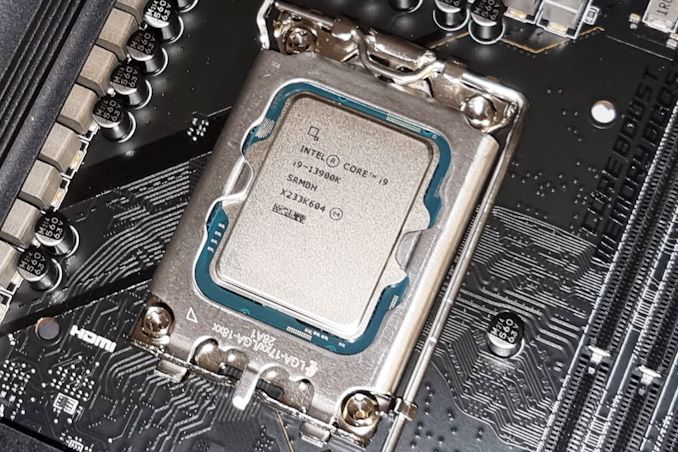D
Deleted member 2197
Guest
Performance Advisory Issued by AMD for Ryzen 7000 Processors (updted)
AMD has issued a new advisory regarding the performance characteristics of its new Ryzen 7000 processors, stating that it has received reports of unexpected performance deltas in certain games....




